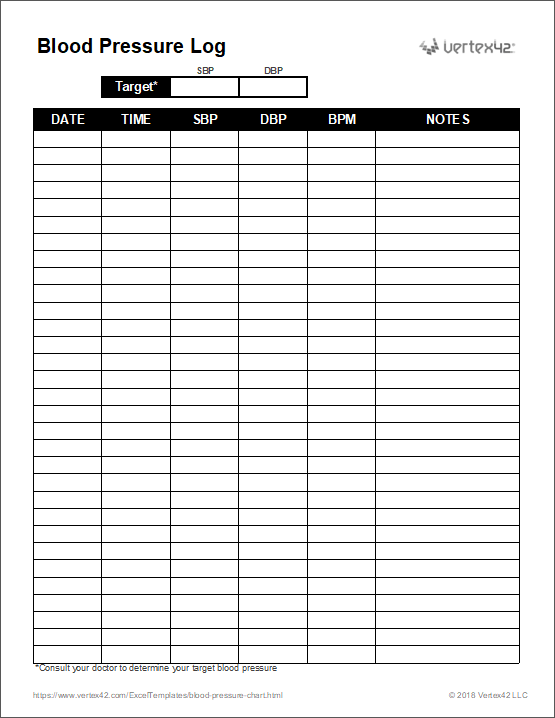

Repeat both measurements on the opposite leg. Once again, using the Doppler with ultrasound gel, locate the signal, and follow the process described above to measure the PT systolic pressure. The PT signal is detected posterior to the medial malleolus. Next, measure the systolic pressure of the PT artery.Then slowly deflate using the same technique used in the arms until the Doppler signal re-appears. To measure the systolic pressure at the DP artery, inflate the cuff until you no longer hear the signal. Slowly move the Doppler until the strongest signal is heard. Using a standard hand-held Doppler probe and the ultrasound gel, locate the signal from the DP. The Doppler signal of the DP can often be found slightly lateral to the midline of the dorsum of the foot. Place ultrasound gel on the skin overlying the dorsalis pedis (DP) and posterior tibial (PT) arteries in the foot.



It is recommended to begin with the right arm, then the right leg, then the left leg, and finally the left arm, as the blood pressure may drift during the exam, and the two arm pressures at the beginning and end of the exam provide for some quality control. As with arm pressures, the most accurate pressure readings are obtained when the blood pressure cuff is appropriately sized to the patient's lower calf (immediately above the ankle). Usually a standard blood pressure cuff can be used at the ankle. The systolic pressures are recorded with a handheld 5- or 10-mHz Doppler instrument. The ABI is performed by measuring the systolic blood pressure from both brachial arteries and from both the dorsalis pedis and posterior tibial arteries after the patient has been at rest in the supine position for 10 minutes.


 0 kommentar(er)
0 kommentar(er)
